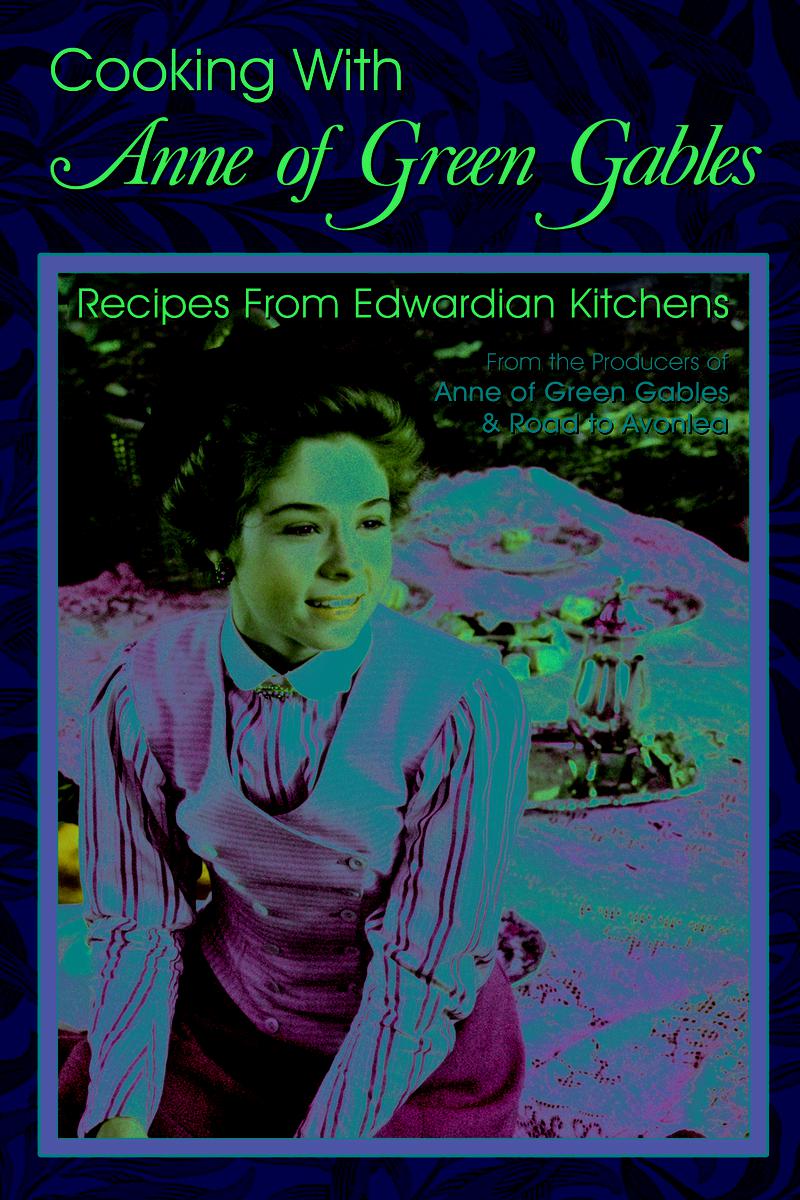 ANNE OF GREEN GABLES Cooking with Anne of Green Gables By: The Producers of Anne of Green Gables,Road to Avonlea and Kevin Sullivan SMASHWORDS EDITION ***** PUBLISHED BY: Davenport Press Copyright 2013 SullivanEntertainment Inc. Foreword 2013Sullivan Entertainment Inc. Image Copyright 2013 Sullivan Entertainment Inc. All rightsreserved. No part of this publication may be reproduced in any formor by electronic or mechanical means, including information storageand retrieval systems, without permission in writing from thepublisher, except for reviewers who may quote brief passages. ***** Foreword by Kevin Sullivan In 1984 I drove along numerous rural backroads looking for a landscape that could capture the idyllicmaritime farming community of turn-of-the-century PEI in mytelevision adaptation of "Anne of Green Gables". ***** Foreword by Kevin Sullivan In 1984 I drove along numerous rural backroads looking for a landscape that could capture the idyllicmaritime farming community of turn-of-the-century PEI in mytelevision adaptation of "Anne of Green Gables".
ANNE OF GREEN GABLES Cooking with Anne of Green Gables By: The Producers of Anne of Green Gables,Road to Avonlea and Kevin Sullivan SMASHWORDS EDITION ***** PUBLISHED BY: Davenport Press Copyright 2013 SullivanEntertainment Inc. Foreword 2013Sullivan Entertainment Inc. Image Copyright 2013 Sullivan Entertainment Inc. All rightsreserved. No part of this publication may be reproduced in any formor by electronic or mechanical means, including information storageand retrieval systems, without permission in writing from thepublisher, except for reviewers who may quote brief passages. ***** Foreword by Kevin Sullivan In 1984 I drove along numerous rural backroads looking for a landscape that could capture the idyllicmaritime farming community of turn-of-the-century PEI in mytelevision adaptation of "Anne of Green Gables". ***** Foreword by Kevin Sullivan In 1984 I drove along numerous rural backroads looking for a landscape that could capture the idyllicmaritime farming community of turn-of-the-century PEI in mytelevision adaptation of "Anne of Green Gables".
Ironically,I found the location that became the production's signature about15 minutes from Leaksdale, Ontario, and the town where L.MMontgomery and her family lived for a decade after they'd movedaway from PEI. Out of the corner of my car window I caughtsight of a wave of rolling fields, crested with pines into whichwas nestled a charming, rambling whitewashed farmhouse that lookedremarkably as if the ocean was located just on the other side ofthe hill. I adapted the farm building and barns and successfullyshot them for all of the mythical looking reverses of the "GreenGables" farm. The atmosphere of any film is establishedthrough a myriad of details from production, design, costume, propsto set decoration. The source of inspiration for making films oftenhas as much to do with the environment where a performance takesplace as it does with a dramatic premise. Choosing a setting toentertain in can be as imaginative an experience as selecting amovie location.
Mood and surroundings are as important for aspecial occasion as a menu. Through recipes and anecdotes onVictorian and Edwardian lifestyle this book is intended to allow anaudience to evoke the mood of "Green Gables" in the samemanner as a production crew would prepare to bring a movie diningtable to life. Entertaining can be as wonderful form ofself-expression. Whether the event is whimsical or stately, as thecompany moves through all of the courses, I hope that theenvironment conjured up on these pages raises the experience abovethe ordinary. 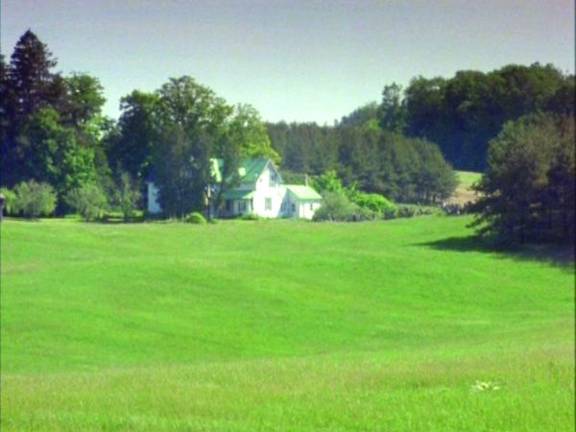 Introduction At the beginning of the 1900s when Anne wouldhave lived, a womans place was in the home and she was expected tofind satisfaction in running a well-ordered household. Her typicalday would have included cooking, cleaning, laundry, child care,tending the sick, splitting the kindling, banking the fires andhopefully some time left for reading, sewing, visiting and resting.While headstrong Anne Shirley certainly doesnt fit the mold ofyour typical woman there is no doubt that she would have been askilled cook, if not out of love than out of necessity.
Introduction At the beginning of the 1900s when Anne wouldhave lived, a womans place was in the home and she was expected tofind satisfaction in running a well-ordered household. Her typicalday would have included cooking, cleaning, laundry, child care,tending the sick, splitting the kindling, banking the fires andhopefully some time left for reading, sewing, visiting and resting.While headstrong Anne Shirley certainly doesnt fit the mold ofyour typical woman there is no doubt that she would have been askilled cook, if not out of love than out of necessity.
It wasobvious that Anne really did enjoy the experience of creating aspecial dish. Just remember how excited she was when she finallyhad the chance to act as hostess when she invited Diana to tea.While the results were less than perfect, it was an experience thatshe never forgot. And that is really what cooking is about. Besidethe obvious purpose of providing nourishment, each recipe is astory waiting to be told. Stories that were written long ago andpassed on from mother to daughter. Through creating these recipeswe take a step back in time and are able to smell, taste and feelwhat it must have been like to cook in Prince Edward Island at theturn-of-the-century, how it must have been to cook like "Anne ofGreen Gables". [Sullivan rehearsing on set with MeganFollows] 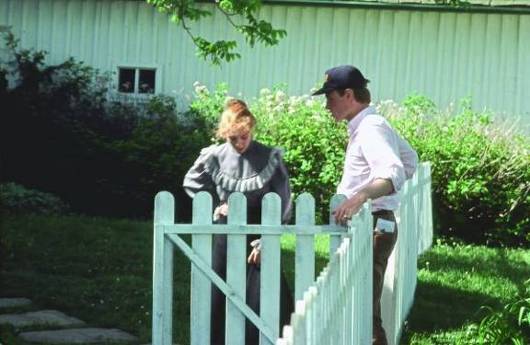 Cooking in the Early 1900s Before you begin trying the recipes inspiredby Anne, you first need to appreciate what it must have been likecooking in Prince Edward Island in the early 1900s.
Cooking in the Early 1900s Before you begin trying the recipes inspiredby Anne, you first need to appreciate what it must have been likecooking in Prince Edward Island in the early 1900s.
Only the richcould afford iceboxes or running water so most households such asthe Cuthberts would store their butter and cream either in adugout in the kitchen floor, the icehouse or down in the well andthey did their dishes using the backyard pump. Farm families workedfrom dawn to dark, raising cows and chickens, growing their fruitsand vegetables, churning butter and baking bread. They went to townby horse and buggy on Saturday to buy oatmeal, sugar, molasses,beans and prunes, maybe some candy for the kids and bolt of clothfor a new dress. They often lived miles from their nearestneighbors, so visitors were always welcomed and offered somethingto eat. The first thing said was, Will you stay for supper? Therewas always an extra place available at the table and nothing waswasted. Soup was made from the bone and then the marrow of the bonewas eaten.
Mass-produced goods like ketchup, tea, cheese and meatswere just beginning to become available with the introduction ofthe first refrigerator rail cars. [The White Sands Hotel from 'Road toAvonlea']  [Sarah Polley and Jackie Burroughs serve teain 'Road to Avonlea']
[Sarah Polley and Jackie Burroughs serve teain 'Road to Avonlea'] 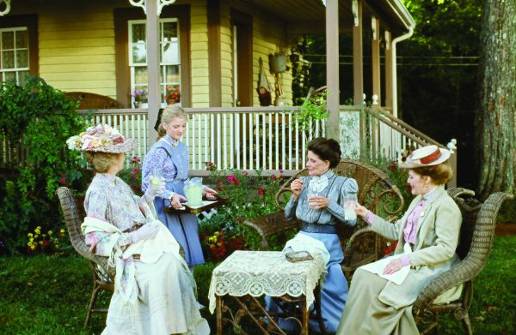 Most cooks however depended strictly on theirregional ingredients. In the coastal province of P.E.I this meantan abundance of seafood and potatoes concocted in an unendingnumber of inventive ways. Cooking truly underscored every socialoccasion. Tarts, scones, and small cakes were prepared when theLadies Aid met or the preacher came. Muffins, raisin cookies andhefty spice cakes were carried to the men in the field.
Most cooks however depended strictly on theirregional ingredients. In the coastal province of P.E.I this meantan abundance of seafood and potatoes concocted in an unendingnumber of inventive ways. Cooking truly underscored every socialoccasion. Tarts, scones, and small cakes were prepared when theLadies Aid met or the preacher came. Muffins, raisin cookies andhefty spice cakes were carried to the men in the field.
Food wasbrought to schoolhouse dances and all kinds of bees from sewingto barn-raising and to shivarees at the homes of newlyweds. Boxsocials involved woman packed fancy lunches in decorated boxes tobe auctioned off to the highest bidder (thus igniting many aromance). In cities the rich often dined in extravagant style. 14course banquets that began with oysters, progressed through fishand meat dishes and ended with three desserts plus liqueurs. Living on a farm, Anne would have dinedfairly modestly, but she always tried to make the occasion special.The easiest way to do that is to present the meal elegantly to showyour guests the care you went to for them. The following arerecommendations from the time that Anne lived, on how a hostessshould set her table and behave.
TABLE SETTING An attractive display of the food makes iteven more appetizing. It denotes that this dining occasion isspecial and encourages children to behave respectfully. Aside fromesthetics though, the primary goal of table setting should be forthe convenience and comfort of the dining guests. Therefore thefollowing rules are merely guides and should not be followedslavishly. TABLE LINENS Should be chosen to harmonize with the roomand furniture. All linens must be immaculate.
Next page
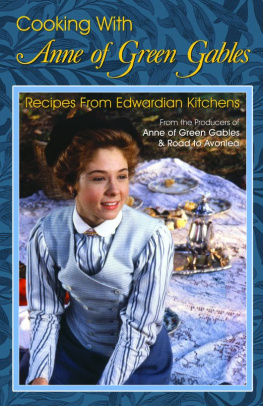





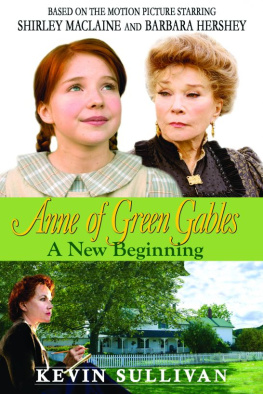

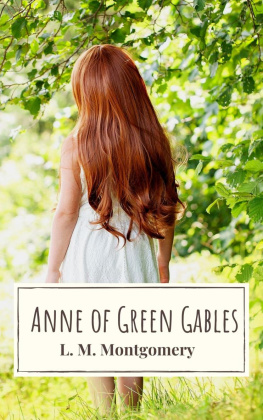
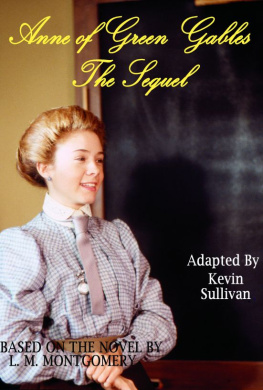
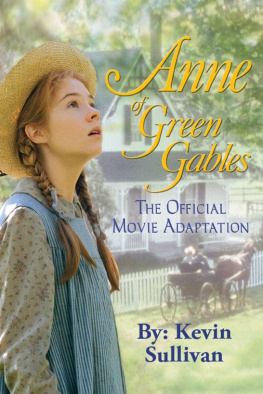


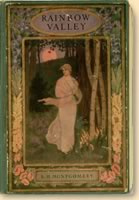
 ANNE OF GREEN GABLES Cooking with Anne of Green Gables By: The Producers of Anne of Green Gables,Road to Avonlea and Kevin Sullivan SMASHWORDS EDITION ***** PUBLISHED BY: Davenport Press Copyright 2013 SullivanEntertainment Inc. Foreword 2013Sullivan Entertainment Inc. Image Copyright 2013 Sullivan Entertainment Inc. All rightsreserved. No part of this publication may be reproduced in any formor by electronic or mechanical means, including information storageand retrieval systems, without permission in writing from thepublisher, except for reviewers who may quote brief passages. ***** Foreword by Kevin Sullivan In 1984 I drove along numerous rural backroads looking for a landscape that could capture the idyllicmaritime farming community of turn-of-the-century PEI in mytelevision adaptation of "Anne of Green Gables". ***** Foreword by Kevin Sullivan In 1984 I drove along numerous rural backroads looking for a landscape that could capture the idyllicmaritime farming community of turn-of-the-century PEI in mytelevision adaptation of "Anne of Green Gables".
ANNE OF GREEN GABLES Cooking with Anne of Green Gables By: The Producers of Anne of Green Gables,Road to Avonlea and Kevin Sullivan SMASHWORDS EDITION ***** PUBLISHED BY: Davenport Press Copyright 2013 SullivanEntertainment Inc. Foreword 2013Sullivan Entertainment Inc. Image Copyright 2013 Sullivan Entertainment Inc. All rightsreserved. No part of this publication may be reproduced in any formor by electronic or mechanical means, including information storageand retrieval systems, without permission in writing from thepublisher, except for reviewers who may quote brief passages. ***** Foreword by Kevin Sullivan In 1984 I drove along numerous rural backroads looking for a landscape that could capture the idyllicmaritime farming community of turn-of-the-century PEI in mytelevision adaptation of "Anne of Green Gables". ***** Foreword by Kevin Sullivan In 1984 I drove along numerous rural backroads looking for a landscape that could capture the idyllicmaritime farming community of turn-of-the-century PEI in mytelevision adaptation of "Anne of Green Gables". Introduction At the beginning of the 1900s when Anne wouldhave lived, a womans place was in the home and she was expected tofind satisfaction in running a well-ordered household. Her typicalday would have included cooking, cleaning, laundry, child care,tending the sick, splitting the kindling, banking the fires andhopefully some time left for reading, sewing, visiting and resting.While headstrong Anne Shirley certainly doesnt fit the mold ofyour typical woman there is no doubt that she would have been askilled cook, if not out of love than out of necessity.
Introduction At the beginning of the 1900s when Anne wouldhave lived, a womans place was in the home and she was expected tofind satisfaction in running a well-ordered household. Her typicalday would have included cooking, cleaning, laundry, child care,tending the sick, splitting the kindling, banking the fires andhopefully some time left for reading, sewing, visiting and resting.While headstrong Anne Shirley certainly doesnt fit the mold ofyour typical woman there is no doubt that she would have been askilled cook, if not out of love than out of necessity. Cooking in the Early 1900s Before you begin trying the recipes inspiredby Anne, you first need to appreciate what it must have been likecooking in Prince Edward Island in the early 1900s.
Cooking in the Early 1900s Before you begin trying the recipes inspiredby Anne, you first need to appreciate what it must have been likecooking in Prince Edward Island in the early 1900s. [Sarah Polley and Jackie Burroughs serve teain 'Road to Avonlea']
[Sarah Polley and Jackie Burroughs serve teain 'Road to Avonlea']  Most cooks however depended strictly on theirregional ingredients. In the coastal province of P.E.I this meantan abundance of seafood and potatoes concocted in an unendingnumber of inventive ways. Cooking truly underscored every socialoccasion. Tarts, scones, and small cakes were prepared when theLadies Aid met or the preacher came. Muffins, raisin cookies andhefty spice cakes were carried to the men in the field.
Most cooks however depended strictly on theirregional ingredients. In the coastal province of P.E.I this meantan abundance of seafood and potatoes concocted in an unendingnumber of inventive ways. Cooking truly underscored every socialoccasion. Tarts, scones, and small cakes were prepared when theLadies Aid met or the preacher came. Muffins, raisin cookies andhefty spice cakes were carried to the men in the field.